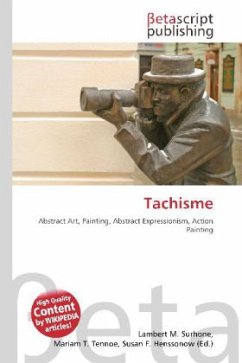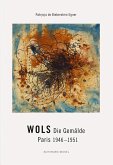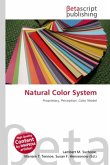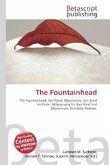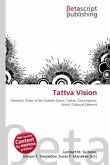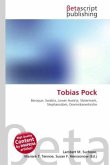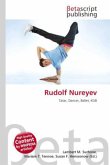Please note that the content of this book primarily consists of articles available from Wikipedia or other free sources online. Tachisme (alternative spelling: Tachism, derived from the French word tache stain) was a French style of abstract painting in the 1940s and 1950s. It is often considered to be the European equivalent to abstract expressionism. It was part of a larger postwar movement known as Art Informel (or Informel), which abandoned geometric abstraction in favour of a more intuitive form of expression. Another name for Tachism (similar to action painting) is Abstraction lyrique from where it originated (related to American Lyrical Abstraction). The Cobra group artists are also related to Tachisme, as is Japan''s Gutai group. After World War II the term School of Paris often referred to Tachisme, the European equivalent of American abstract expressionism. Important proponents were Jean Dubuffet, Pierre Soulages, Nicholas de Stael, Hans Hartung, Serge Poliakoff, and Georges Mathieu, among several others. (See list of artists below.)
Bitte wählen Sie Ihr Anliegen aus.
Rechnungen
Retourenschein anfordern
Bestellstatus
Storno

